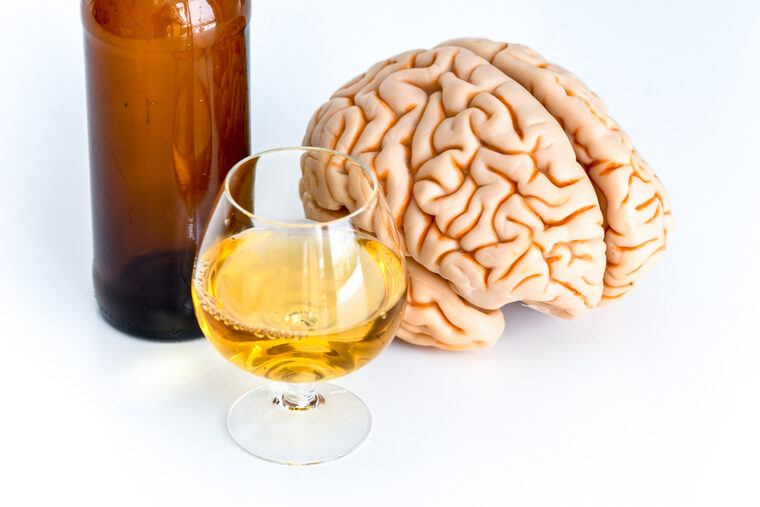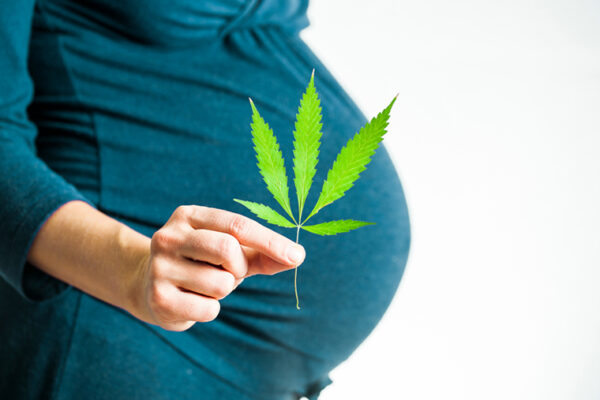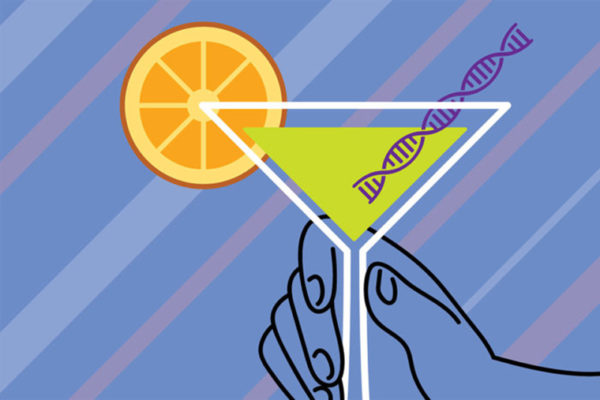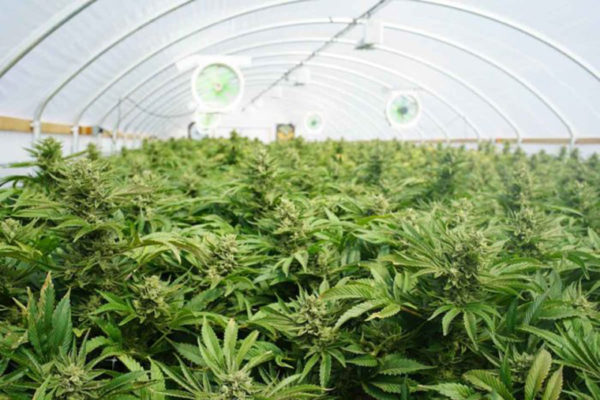For years, researchers have observed that alcohol consumption is associated with reduced brain volume and concluded that drinking can literally shrink the brain.
But new research turns that theory on its head, suggesting that reduced brain volume may represent a genetically-conferred predispositional risk factor for heavier alcohol consumption.
“Our results suggest that associations between alcohol consumption and reduced brain volume are attributable to shared genetic factors,” said senior author Ryan Bogdan, associate professor of psychological and brain sciences in Arts & Sciences and director of the Brain Lab at Washington University in St. Louis, where the research is based. “Lower brain volume in specific regions may predispose a person to greater alcohol consumption.

“The study is impressive because it uses a variety of approaches and data analysis techniques to reach findings that all converge on the same conclusion,” he said.
The study, recently published online in the journal Biological Psychiatry, is based on longitudinal and family data from three independent brain imaging studies – including the comparison of drinking behaviors in twin and non-twin siblings; longitudinal research within children who were never exposed to alcohol at baseline; and gene expression analyses using postmortem brain tissue.
“Our study provides convergent evidence that there are genetic factors that lead to both lower gray matter volumes and increased alcohol use,” said David Baranger, the study’s lead author and a former doctoral student in in Bogdan’s lab.
“These findings don’t discount the hypothesis that alcohol abuse may further reduce gray matter volumes, but it does suggest that brain volumes started out lower to begin with,” Baranger said. “As a result, brain volumes may also serve as useful biological markers for gene variations linked to increased vulnerability for alcohol consumption.”
Baranger, who is now a postdoctoral scholar at the University of Pittsburgh, led the research project, which included other Arts & Sciences psychology graduate students and faculty from Washington University School of Medicine in St. Louis; Duke University; and the Medical University of South Carolina.
Researchers used data from the Duke Neurogenetics Study, the Human Connectome Project and the Teen Alcohol Outcomes Study to confirm that greater alcohol consumption is associated with lower gray matter volume in two brain regions, the dorsolateral prefrontal cortex and the insula, that feature prominently in emotion, memory, reward, cognitive control and decision making.
Analyses of brain imaging and family data spanning childhood to adulthood revealed genetically-conferred reductions in gray matter volume in the frontal cortex and insula, which were, in turn, predictive of future alcohol use, including the initiation of drinking in adolescence and future drinking in young adulthood.
To further confirm genetic links between lower brain volumes and alcohol consumption, the team examined data from twin and non-twin siblings with differing histories of alcohol consumption. When compared with siblings with a shared history of low alcohol use, siblings who drank more heavily had lower grey matter volumes. Interestingly, the study found no differences in gray matter volume in brains of same-family siblings where one drank more heavily than the other – both looked like heavy-drinkers. This finding provides additional evidence that lower gray matter volume is a pre-existing vulnerability factor associated with the potential for alcohol use, as opposed to a consequence of alcohol use.
Finally, the research team used data of gene expression in the human brain to explore whether genetic risk for alcohol consumption is enriched for genes expressed in these regions and could be associated with the expression of specific genes.
Baranger and colleagues found that genomic risk for alcohol consumption is enriched for genes that are preferentially expressed in the dorsolateral prefrontal cortex relative to other tissues and brain regions. Further, they found that the expression of specific genes in this region are replicably associated with genomic risk for alcohol consumption. These data provide additional convergent evidence that it is biologically plausible that lower grey matter volume in the frontal cortex may be driven by genetic risk for alcohol consumption.
“Our analyses in three independent samples provides unique convergent evidence that associations between middle/superior frontal gray matter volume and alcohol use are genetically-conferred and predict future use and initiation,” the study concludes.
“Taken alongside evidence that heavy alcohol consumption induces gray matter volume reductions, our data raise the intriguing possibility that genetically-conferred reductions in regional gray matter volumes may promote alcohol use from adolescence to young adulthood, which may, in turn, lead to accelerated atrophy within these and other regions,” the authors wrote
The results might be generalized to other substances, the group concluded, because different substances can all be affected by the same genetic factors.



